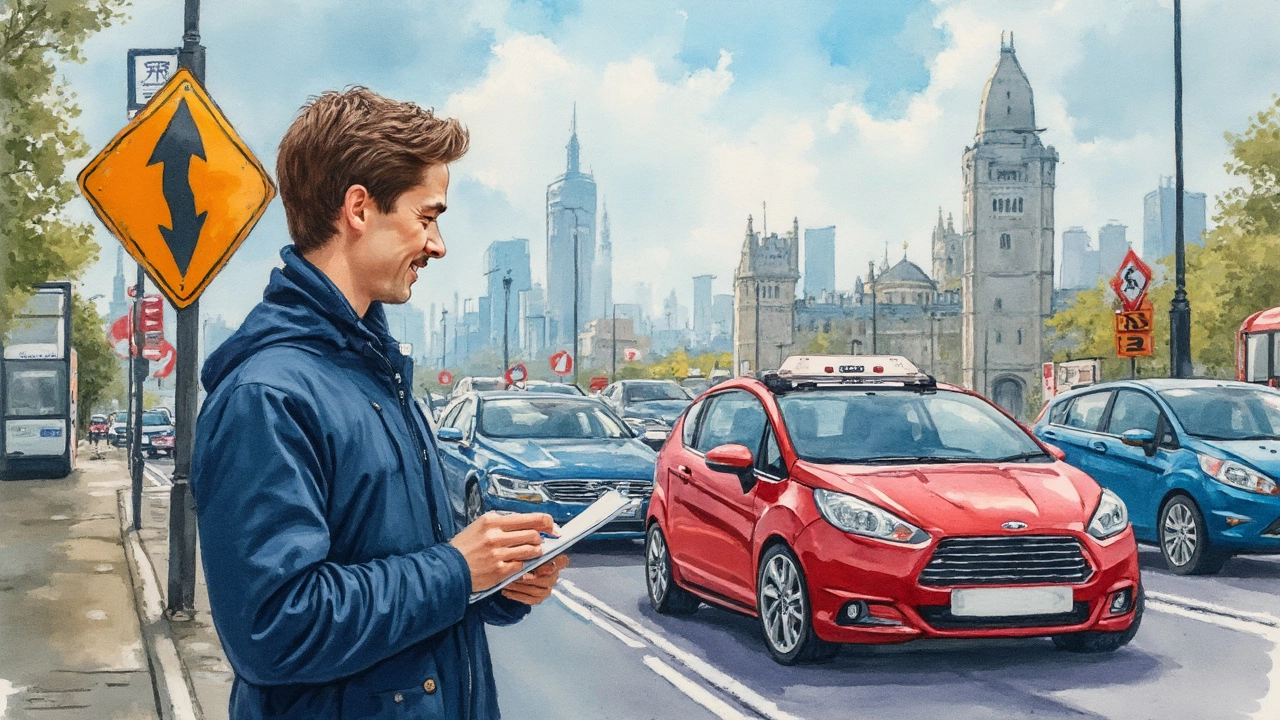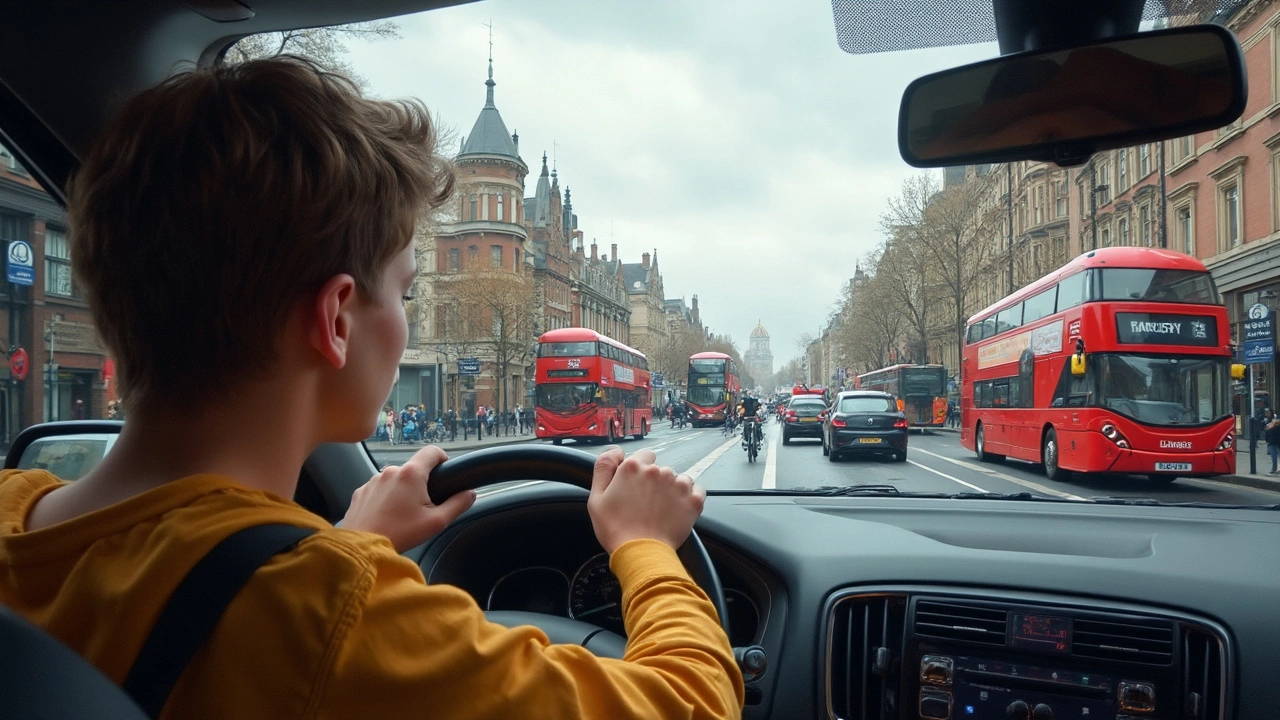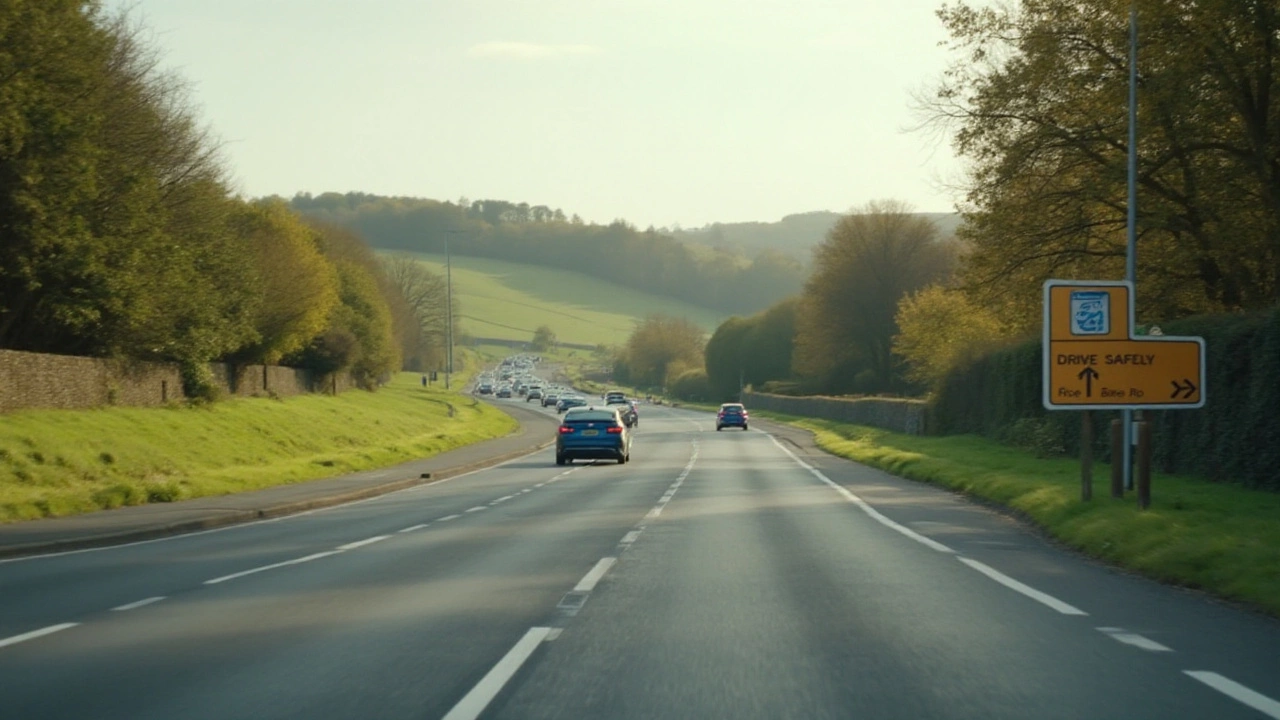Safe Driving: Simple Tips Every Driver Should Know
Ever wonder why some drivers seem calm even in heavy traffic? It’s not luck – it’s habit. By adding a few straightforward actions to your routine, you can cut risks and feel more in control, whether you’re behind a car or a big HGV.
Everyday habits for safer roads
First, keep your eyes moving. Staring at the same spot for more than a couple of seconds makes you miss important cues. Glance ahead, check mirrors, and scan the side lanes every few seconds. It only takes a moment, but it gives you a bigger picture of what’s coming.
Second, control your speed. Speed limits are there for a reason, but the real limit is what lets you stop safely. If the road is wet, icy, or crowded, drop a few miles per hour. Slower speeds give you more time to react and keep you and others out of danger.
Third, keep a safe following distance. The classic "two‑second rule" works well on dry roads. On slippery surfaces, add an extra second. That buffer means you won’t need to slam the brakes when the car in front stops suddenly.
Fourth, eliminate distractions. Your phone, the radio, even eating can pull focus away from the road. If you need to check a map or reply to a text, pull over safely first. A short pause is far better than an accident.
Finally, use your signals early. A turn signal is a warning to everyone around you. Give at least three seconds before you change lanes or turn. That simple habit reduces surprise and cuts down on near‑misses.
Safe driving for HGV and heavy vehicles
Driving a heavy goods vehicle adds size and weight, so the margin for error shrinks. Start with a thorough pre‑trip check: brakes, tires, lights, and load security. A loose load can shift and cause loss of control, especially on curves.
When you’re on the road, give extra space around you. Heavy trucks need longer stopping distances, so keep at least four seconds behind the vehicle in front. This also lets you see any sudden stops ahead.
Take corners slowly. The higher the centre of gravity, the more a truck will roll if you take a turn too fast. Approach bends at a reduced speed and stay in the lane’s centre to avoid clipping the curb.
Watch the mirrors constantly. Blind spots on the sides of an HGV are huge. Adjust your side mirrors so you can see the lane next to you without turning your head too far. If you need to change lanes, use your mirrors, signal, and a brief shoulder check.
Finally, plan rest breaks. Fatigue is a major risk for long‑haul drivers. Stop every two hours or 100 miles, stretch, and have a snack. A short walk can keep your mind sharp and prevent sleepy driving.
Whether you drive a compact car or a massive truck, safe driving starts with small, consistent actions. Keep your eyes moving, respect speed, stay clear of distractions, and tailor your habits to the vehicle you’re in. With these simple steps, you’ll protect yourself, your passengers, and everyone else sharing the road.
- November 9 2025
- 0 Comments
- Rowan Cavendish
What Is the 3-Second Rule for Safe Driving?
The 3-second rule is a simple way to maintain safe following distance while driving. Learn how it works, why examiners check for it, and how to apply it in rain, traffic, and at night.
- July 21 2025
- 0 Comments
- Rowan Cavendish
Most Critical Factor for Driving: Focused Attention on the Road
Is skill enough behind the wheel, or is something else more important? Discover the one crucial factor that keeps every driver safe.
- July 12 2025
- 0 Comments
- Rowan Cavendish
High Driving Scores Explained: What They Mean and How to Boost Yours
Curious about high driving scores? Find out how they're measured, what affects them, and why a higher score can mean better insurance rates and safer roads.
- July 2 2025
- 0 Comments
- Rowan Cavendish
When Do Driving Skills Start to Decline? Age, Signs, and Safer Roads
Explore how age affects driving skills, the early warning signs to watch for, and practical steps to stay safe and confident on the road at any age.
- March 12 2025
- 0 Comments
- Rowan Cavendish
Does Virginia Offer a Defensive Driving Course?
Curious whether Virginia offers a defensive driving course? You're in luck! They do, and it can save you more than just stress on the road. Not only do these courses teach you to handle various driving challenges, but they might also help reduce your insurance premiums. Read on to find out what to expect and how to sign up for one today.
- March 8 2025
- 0 Comments
- Rowan Cavendish
Avoid These Mistakes When Passing on the Road
Navigating traffic during a driving test can be daunting, especially when it comes to knowing when and how to pass other vehicles. Understanding the conditions where passing should be avoided is crucial for both safety and test success. Learn practical tips, uncover common mistakes, and get to grips with real-world examples that highlight the importance of safe passing. From weather conditions to potential hazards, equip yourself with the knowledge needed to excel in your driving test. This article provides clear and concise information to help you pass with confidence.
- October 30 2024
- 0 Comments
- Rowan Cavendish
Essential Tips for Mastering Safe Driving Skills
Safe driving is crucial for ensuring the safety of both drivers and passengers on the road. Understanding and implementing the fundamental principles can significantly reduce the risk of accidents. This article explores seven key strategies essential for mastering safe driving. From defensive driving to vehicle maintenance, these tips are designed to aid both new and experienced drivers in enhancing their road safety. Learn how these practices can lead to a more secure and confident driving experience.
- Driving Lessons (41)
- HGV Training (31)
- Driving Test Tips (31)
- Driving Test Booking (26)
- Driving Licence Renewal (23)
- Driving Theory Test (21)
- Intensive Driving Course (16)
- Pass Plus Course (15)
- Driving Tips (15)
- Driver Licensing (14)
Categories
- December 2025 (13)
- November 2025 (13)
- October 2025 (21)
- September 2025 (5)
- August 2025 (8)
- July 2025 (30)
- June 2025 (30)
- May 2025 (30)
- April 2025 (31)
- March 2025 (30)
- February 2025 (28)
- January 2025 (34)
Archives
- driving lessons
- driving test
- driving tips
- intensive driving course
- driving test tips
- HGV training
- learn to drive
- driving theory test
- driver training
- driving test booking
- pass driving test
- HGV driving
- road safety
- driving license renewal
- Virginia driving test
- learner drivers
- safe driving
- Virginia driver's license
- driving license
- learning to drive







